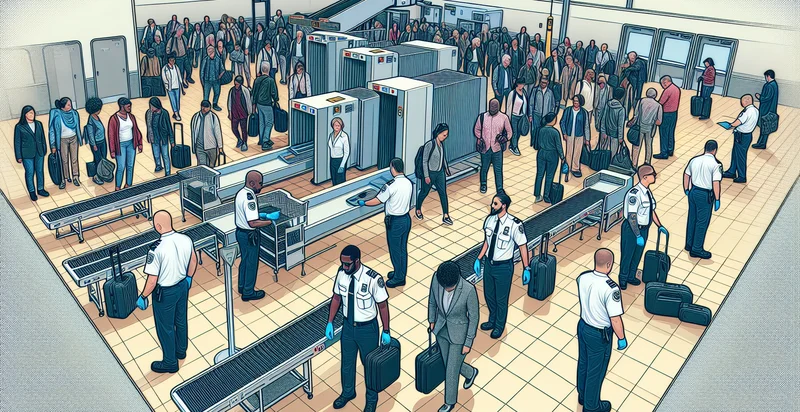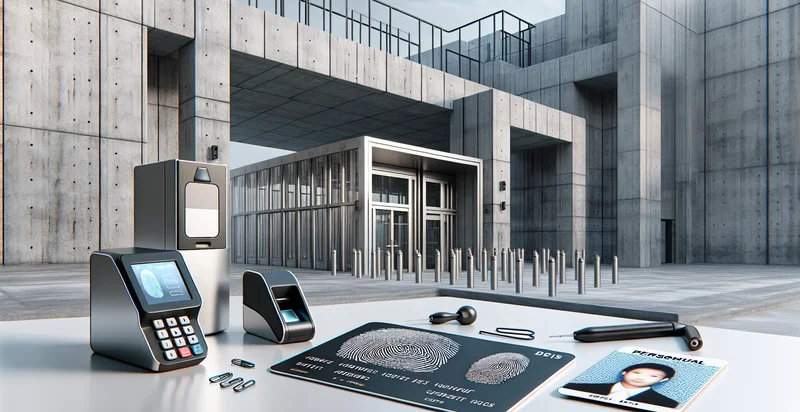Identify security check location
using AI
Below is a free classifier to identify security check location. Just input your text, and our AI will predict where a security check is likely to take place. - in just seconds.

Contact us for API access
Or, use Nyckel to build highly-accurate custom classifiers in just minutes. No PhD required.
Get started
import nyckel
credentials = nyckel.Credentials("YOUR_CLIENT_ID", "YOUR_CLIENT_SECRET")
nyckel.invoke("security-check-location", "your_text_here", credentials)
fetch('https://www.nyckel.com/v1/functions/security-check-location/invoke', {
method: 'POST',
headers: {
'Authorization': 'Bearer ' + 'YOUR_BEARER_TOKEN',
'Content-Type': 'application/json',
},
body: JSON.stringify(
{"data": "your_text_here"}
)
})
.then(response => response.json())
.then(data => console.log(data));
curl -X POST \
-H "Content-Type: application/json" \
-H "Authorization: Bearer YOUR_BEARER_TOKEN" \
-d '{"data": "your_text_here"}' \
https://www.nyckel.com/v1/functions/security-check-location/invoke
How this classifier works
To start, input the text that you'd like analyzed. Our AI tool will then predict where a security check is likely to take place..
This pretrained text model uses a Nyckel-created dataset and has 20 labels, including Airport, Border Crossing, Bus Station, Concert Hall, Embassy, Factory, Ferry Terminal, Government Building, Hospital and Hotel.
We'll also show a confidence score (the higher the number, the more confident the AI model is around where a security check is likely to take place.).
Whether you're just curious or building security check location detection into your application, we hope our classifier proves helpful.
Related Classifiers
Need to identify security check location at scale?
Get API or Zapier access to this classifier for free. It's perfect for:
- Incident Response Detection: This function can help security personnel quickly identify when an unauthorized or unusual location is accessed during an incident. By classifying data related to location, organizations can prioritize responses and allocate resources more effectively.
- Access Control Optimization: The identifier can refine access control policies by flagging entries into sensitive areas. This allows security teams to enforce stricter measures and reduce the risk of unauthorized access.
- Anomaly Detection for Operations: By utilizing the location classification, businesses can identify unusual patterns in employee movements. This can lead to the detection of potential security threats, operational inefficiencies, or breaches of protocol.
- Visitor Management Enhancement: The function can streamline visitor management systems by identifying high-risk areas and ensuring that visitor access is monitored accordingly. This enhances safety and compliance in buildings with sensitive information.
- Mobile Workforce Security: For organizations with remote workers, this identifier can help track security compliance based on their locations during work hours. This ensures that sensitive data remains secure, regardless of the employee's working environment.
- Environmental Scanning for Risk Assessment: The security check location identifier can be employed to assess risks associated with specific locations, such as evaluating potential threats in different office buildings or event venues. This proactive approach allows businesses to mitigate risks before they become critical issues.
- Regulatory Compliance Monitoring: Many industries face strict regulations regarding data security and access control. This function can assist organizations in monitoring location data to ensure compliance with legal requirements, thereby avoiding potential fines and maintaining trust with stakeholders.


